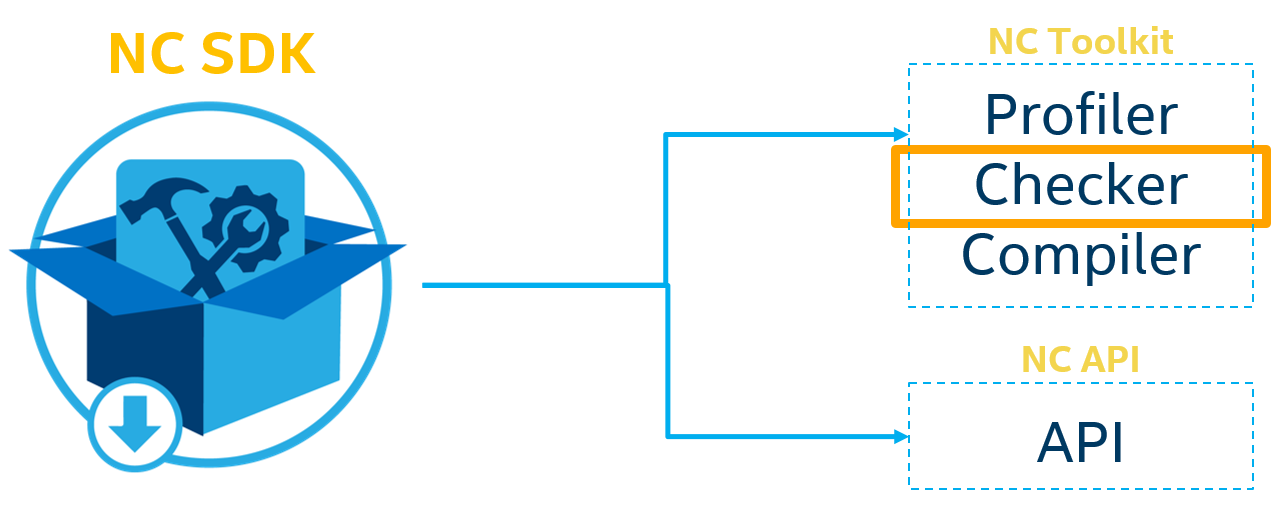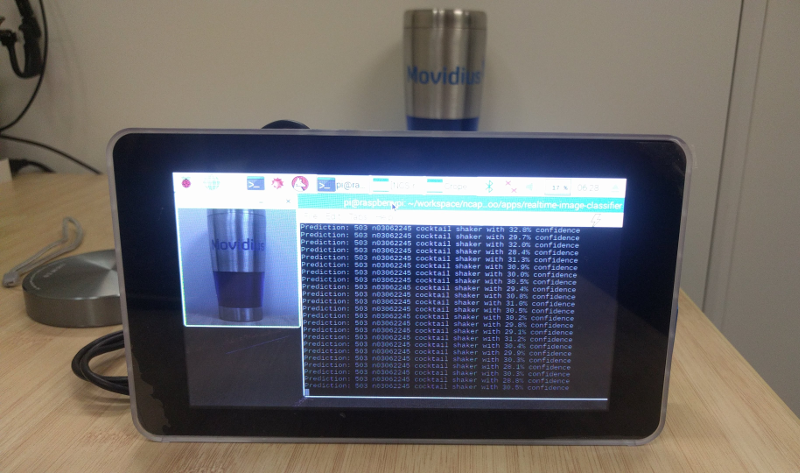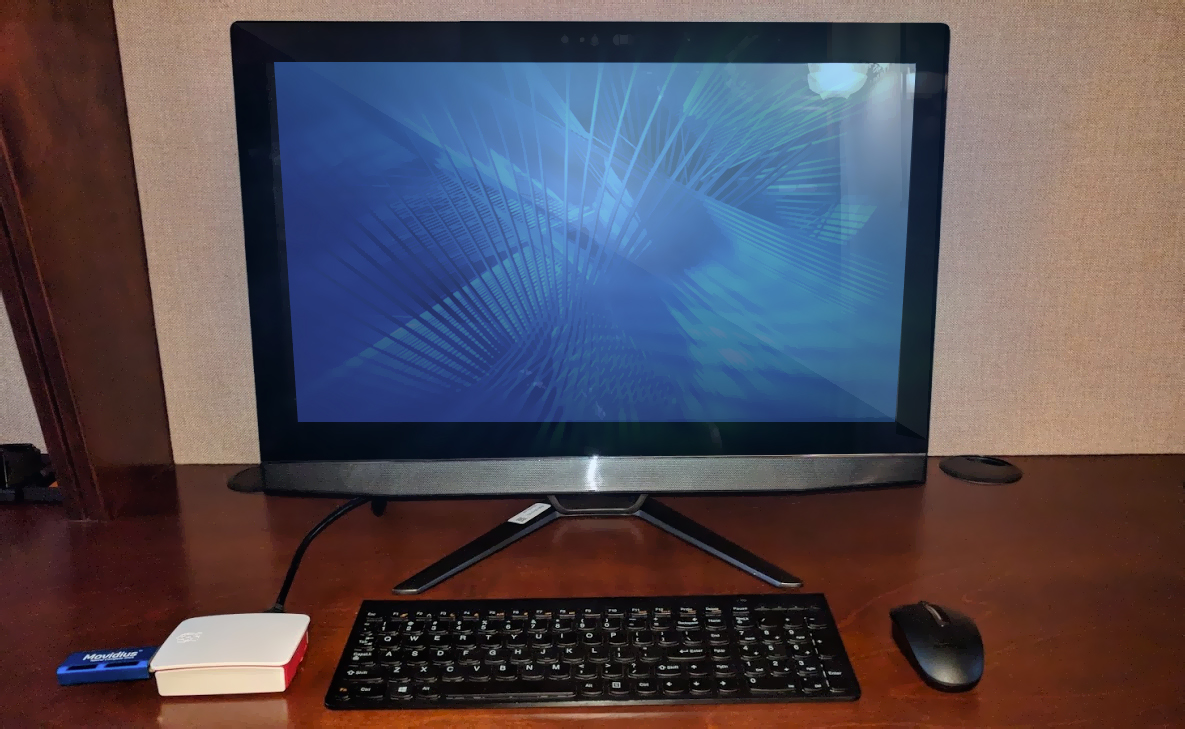Using and Understanding the Neural Compute SDK: mvNCCheck

Neural Compute SDK Toolkit: mvNCCheck
The Intel® Movidius™ Neural Compute Software Development Kit (NCSDK) comes with three tools that are designed to help users get up and running with their Intel® Movidius™ Neural Compute Stick (Intel® Movidius™ NCS): mvNCCheck, mvNCCompile, and mvNCProfile. In this article, we will aim to provide a better understanding of how the mvNCCheck tool works and how it fits into the overall workflow of the Neural Compute SDK.



